This secret, which is actually not meant to be one - for, to be perfectly honest, there is no such thing as the universally ideal fibre - comes across as fairly disenchanting, which is not at all to say, however, that the existing selection of many very good fibres is just as valuable. This series of articles will address the most prevalent types of fibre, their properties and the advantages and disadvantages of them, and provide some insight into our motivation for preferring various different fibres, or also entirely avoiding them. Of course, everyone has his or her secret favourites, but, for the sake of fairness, these articles will appear in alphabetical order.
Part 1: Cotton
Cotton fibres are pure, natural fibres from the cotton plant, and thus do not require to be subjected to a chemical, energy-intensive manufacturing process. All that the cotton plant needs is earth and water, actually less water than is often claimed.
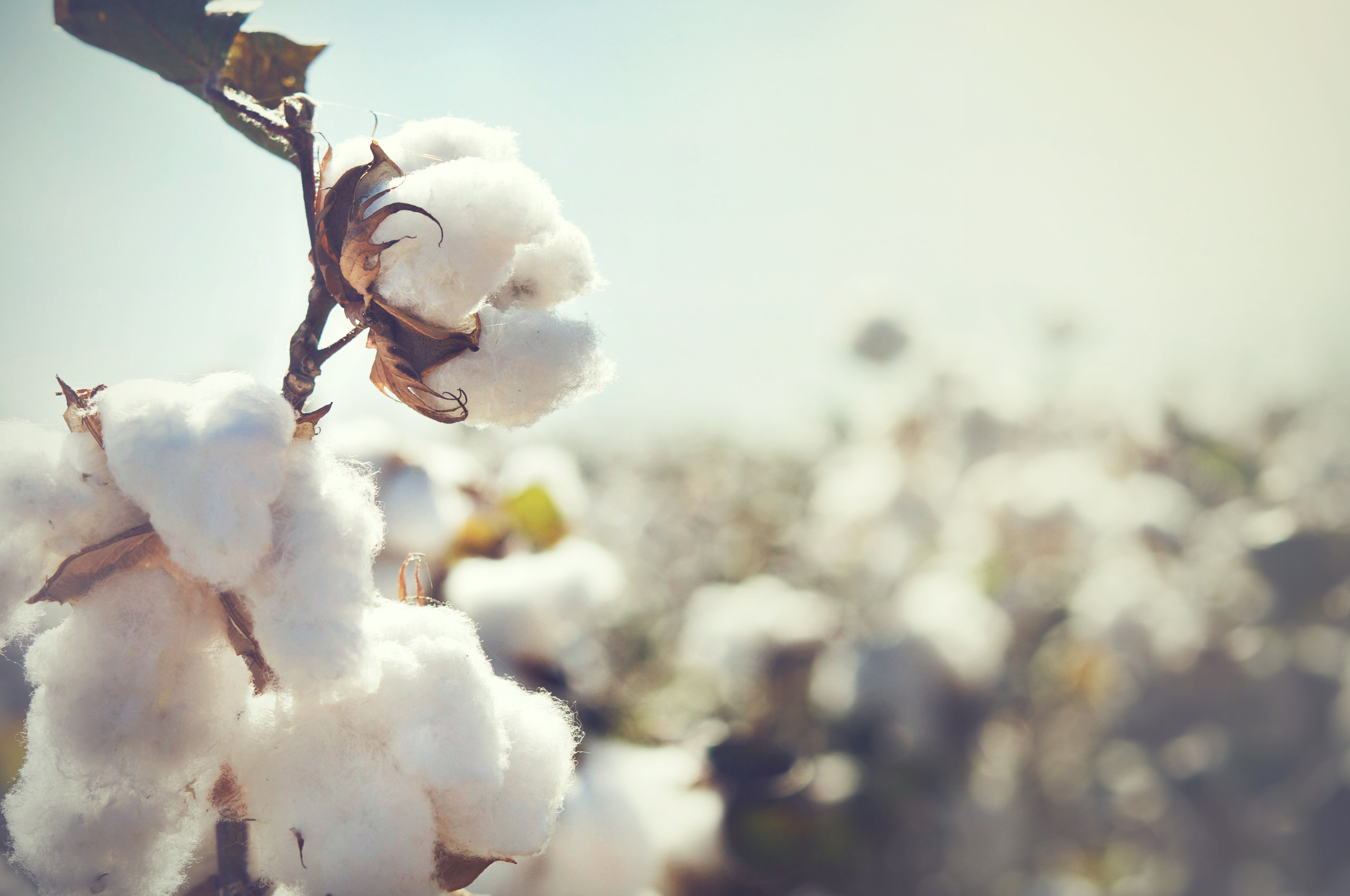
In particular the water consumption is frequently raised as a topic in connection with cotton cultivation, nonetheless it should, at this point, be mentioned that half of the cotton plantations worldwide exclusively make use of rainwater reservoirs. Furthermore, only three per cent of the water used for agriculture worldwide is allocated to cotton fields, despite the fact that, according to the WWF, approximately half of all textiles worldwide consist of cotton.
Especially the increasing focus on organic cotton contributes towards improved conditions, as far as sustainability is concerned.
Organic cotton is made from natural seeds, and in addition, no pesticides or other harmful chemicals whatsoever are deployed. Pests, such as bugs, are combatted with insects, which, in turn, eliminate them.
Ordinary cotton is cultivated with genetically modified seeds, in order to create improved resistance to pests. Should this alone no longer suffice, it is necessary to resort to pesticides. However, innovations in the field of biotechnology have already enabled farmers to halve their use of pesticides over the past 20 years. Insecticides are, on the other hand, only used if the plants are still young and vulnerable. Once the woolly bud has opened, and the plant is mature, insecticides are no longer needed. In addition, cotton fabric goes through a number of washing cycles within the scope of the value creation chain, which means that any chemical residues which may still exist are entirely eliminated.
 Stefanie Rudolph
Stefanie Rudolph
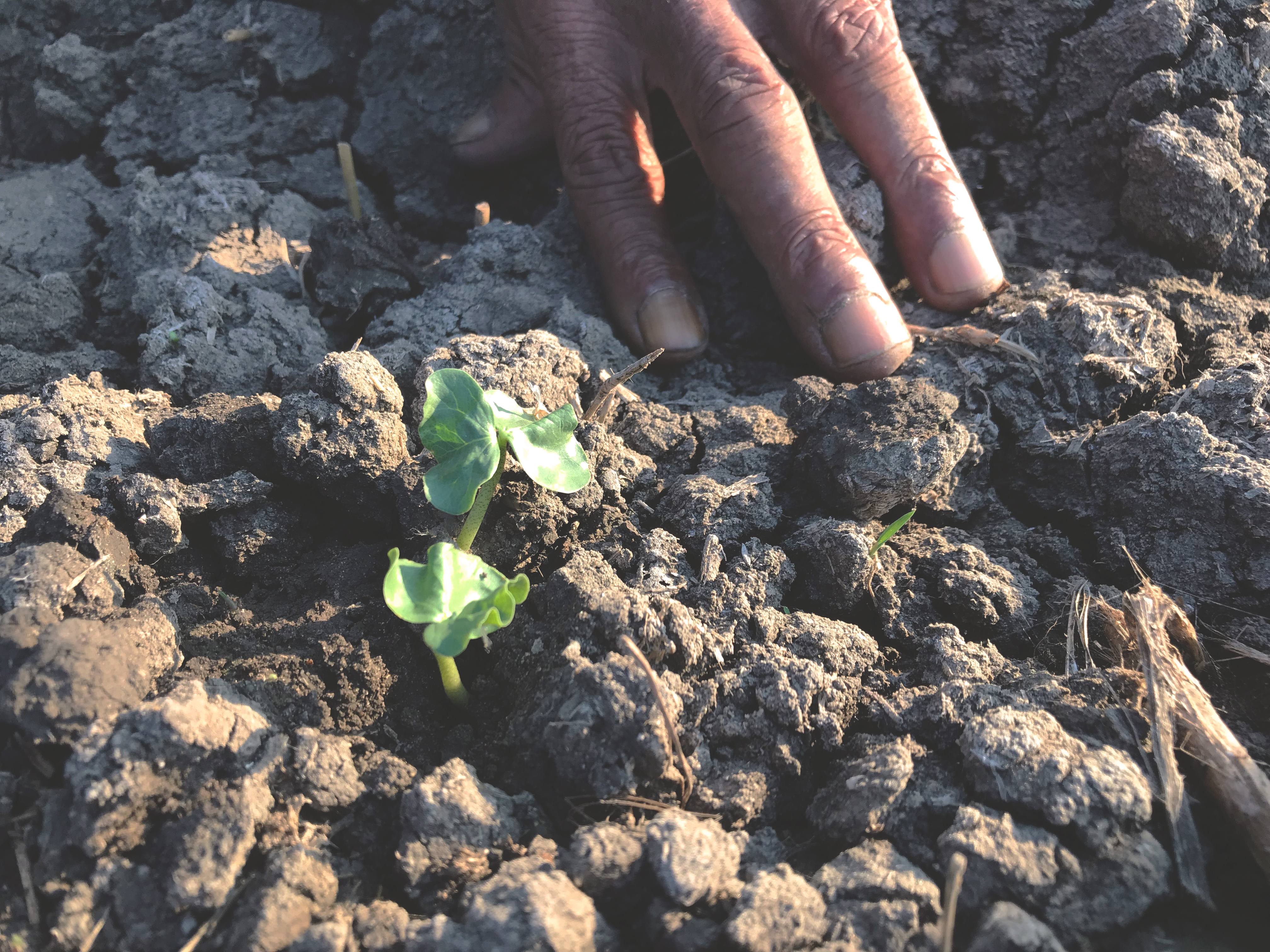
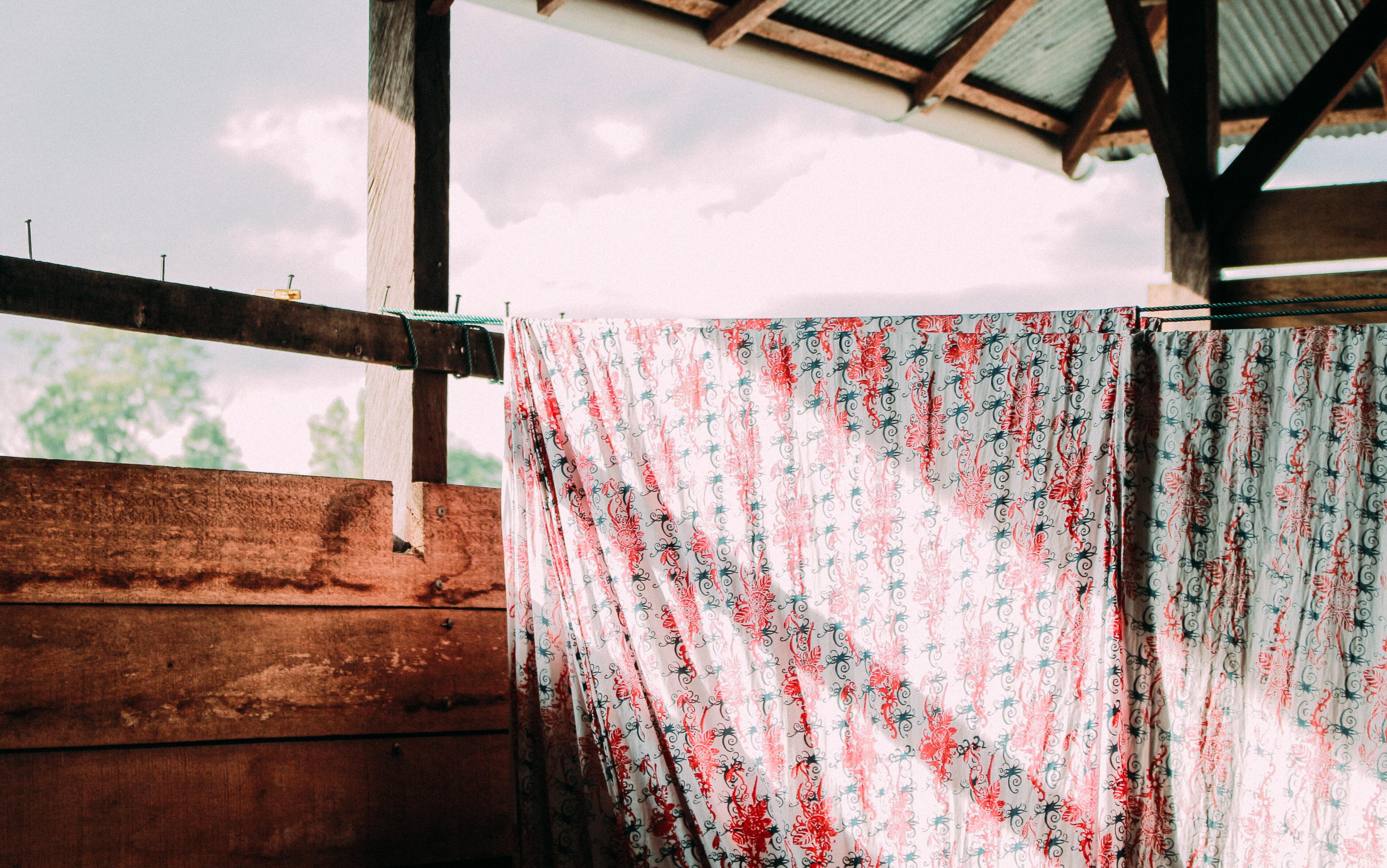
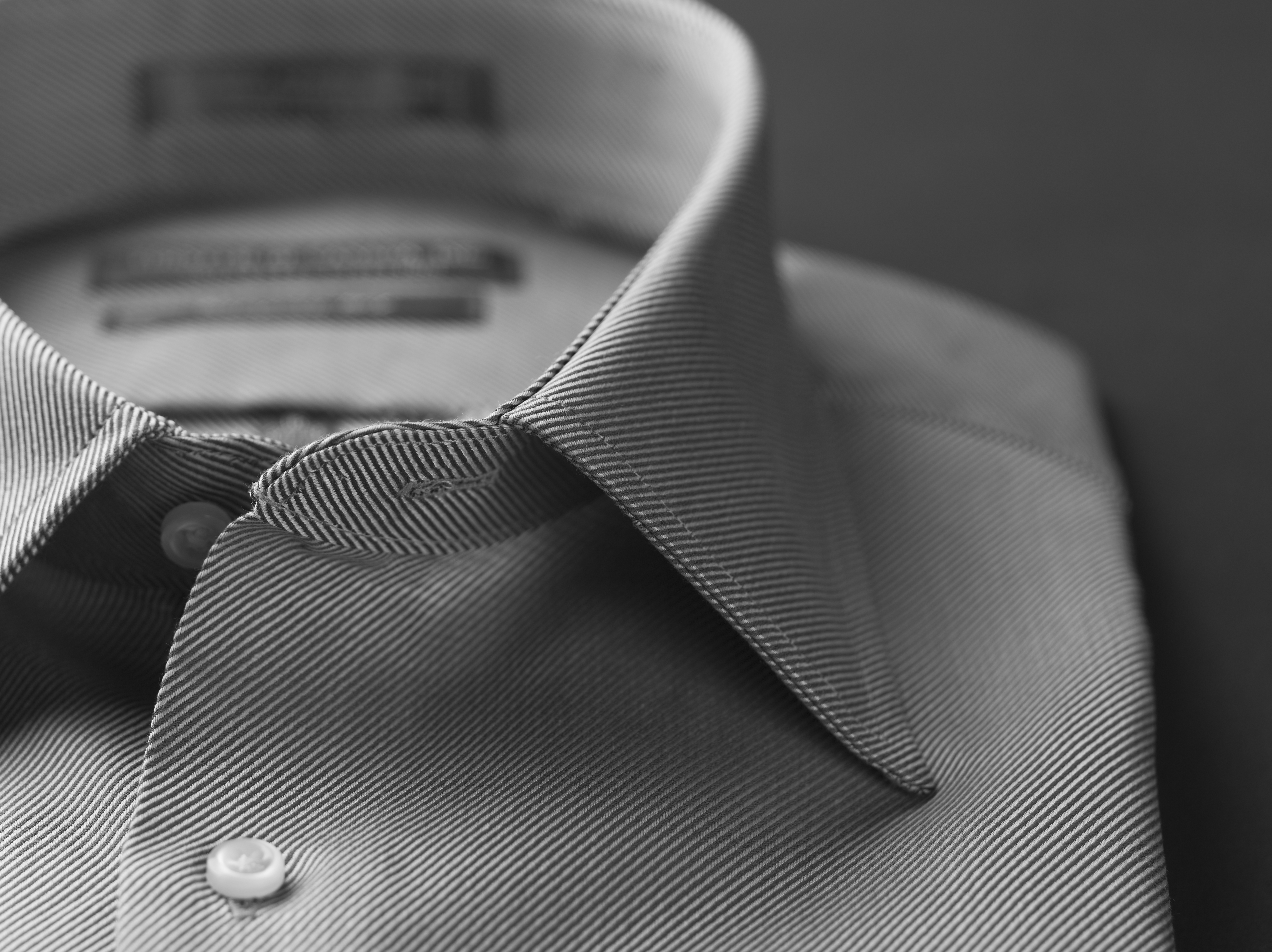


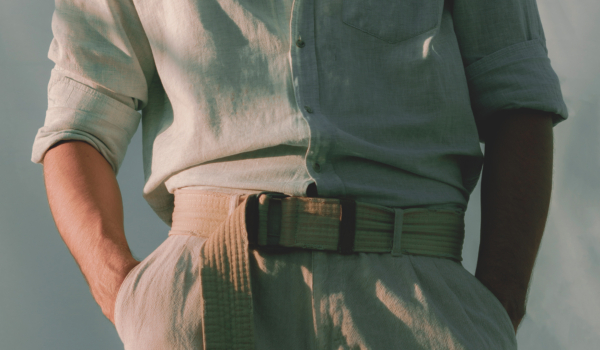
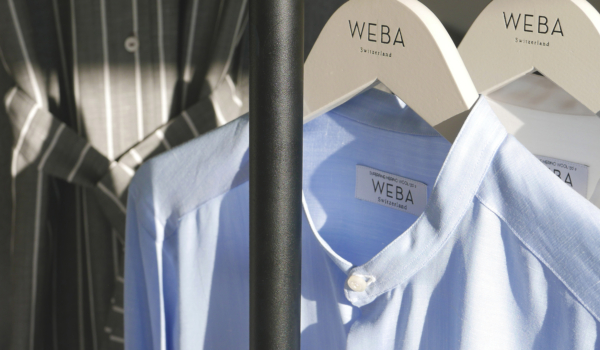


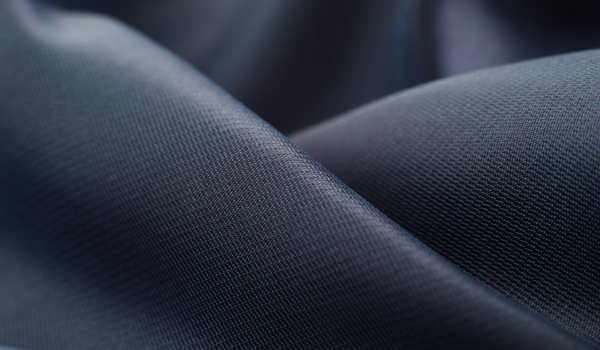

https://donvard.ru/
https://primabellashop.com/
Duke de Montosier
https://sensualpornvideo.com/
https://doorporntube.com/
https://50porn.net/
Xpdbnj [url=https://oscialipop.com]Cialis[/url] Jppjdi <a href=https://oscialipop.com>36 hour cialis online</a> cialis generico en andorra Pfizer Kamagra https://oscialipop.com - Cialis Achat Kamagra Orleans Fgsmtw